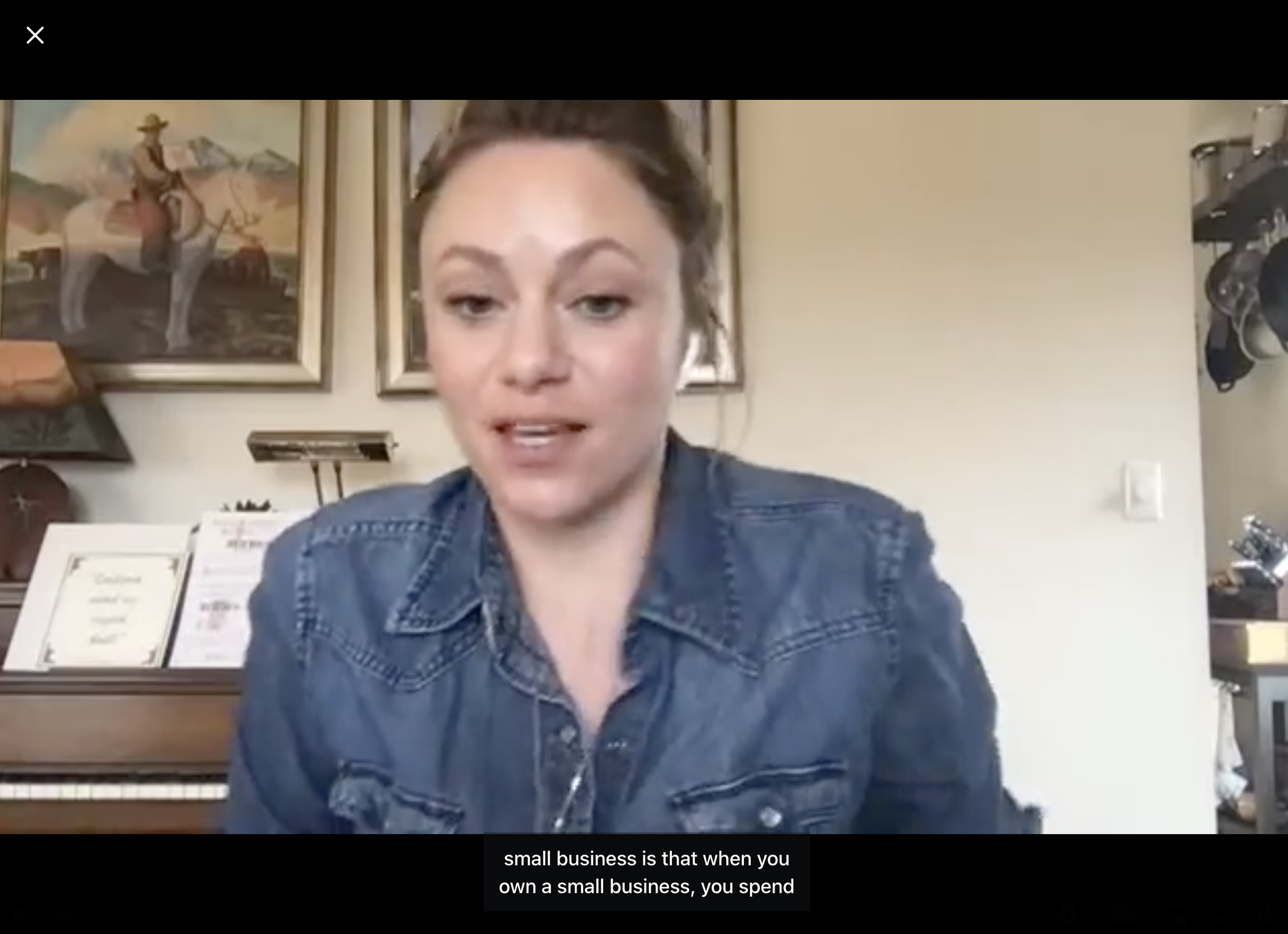When you own a small business you spend nearly all your time thinking about your stuff:
your to-do lists
your content creation
your frustrations and anxieties
And, then, often, you’re left wondering how you can work so hard and not see the results you’ve been looking for.
Why is this?
Because it’s easy to forget to take the perspective of your customer ... and as a small business owner you have to do that to be compelling.
No, seriously. You would not believe the 180-degree change in my clients’ businesses when they stop thinking about what they want and start focusing on what their customers and clients want. It’s unbelievable.
What do this mean for you?
It’s a healthy reminder to step into your ideal customer’s shoes and try walking a mile, so to speak.
When you understand what your ideal customer or client feels, wants, and needs, you’ll know what to say in your emails, blog posts, and social media content to get and keep their attention … and make more sales.
If this hasn’t occurred to yet and, right about now, you feel like a big ol’ dummy, lemme put you at ease:
it took me FAILING in my first business to really learn this. I had to start listening to people who were smarter and more experienced than me who were telling me to take my clients’ perspective.
And, damn, did it work. That’s literally what got me where I am today.
How to take your customers’ perspective
To get the results you’re looking for from your business you need to understand the voice of your customer (VoC). The VoC is what makes your marketing compelling and draws in your ideal audience because they feel:
seen
heard
validated
How to find the Voice of the Customer
VoC really means empathizing with your customers and clients and seeing your work through their eyes. VoC research shows you:
Why your customers need you
What you can do to show up for them
What they are looking for in a product or service
What their desires and interests are
There are many ways to do VoC research. Here are a few:
Interviewing your customers
Sending out online surveys
Asking questions via social media (like with Instagram Story Polls)
Looking at your testimonials / reviews
In-person surveys
Email
Feedback forms
Looking at website analytics and behavior
Focus groups
What you’re looking for with VoC research
Look for common themes and patterns that emerge in your customers’ and clients’ responses. You want to nail down their:
needs
frustrations
priorities
desires
inconveniences
anxieties
Questions to ask in VoC research
When you think about buying a __, what are you looking for?
What words come to mind when you think about a __?
What was easy or effortless for you when you __?
What did not feel convenient? What felt frustrating?
If you were to book or buy a __ with someone else in this industry who would you choose and why?
If you were to recommend __ to a friend how would you talk about it?
Which company have you purchased __ from this year?
What do you wish was different about __?
What to do with VoC research
Take your findings from your voice of customer research and use it to write:
content
blog posts
emails
product listings
sales pages
When you take your customers’ perspective you’ll see that you start to attract more of your ideal audience!

